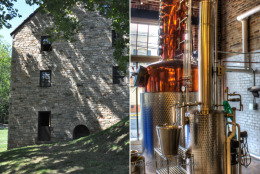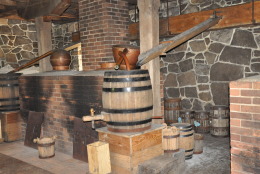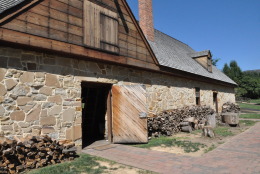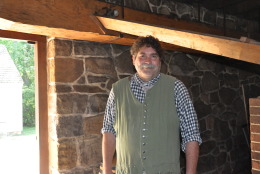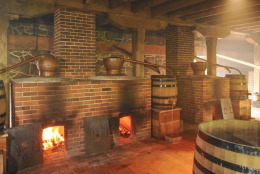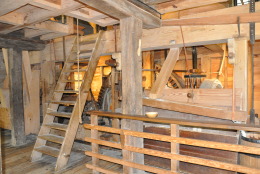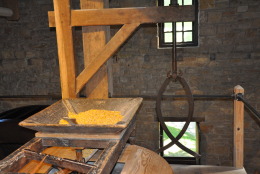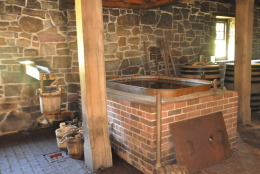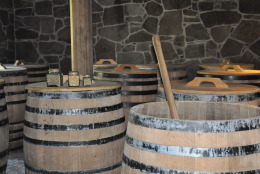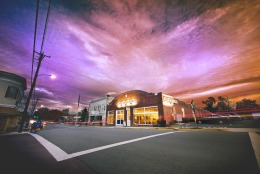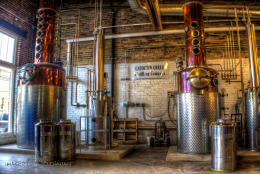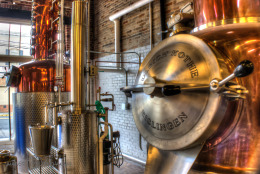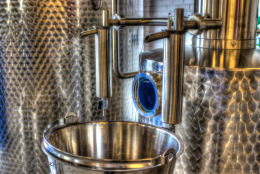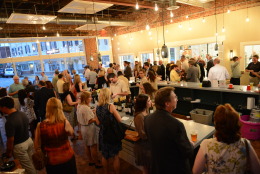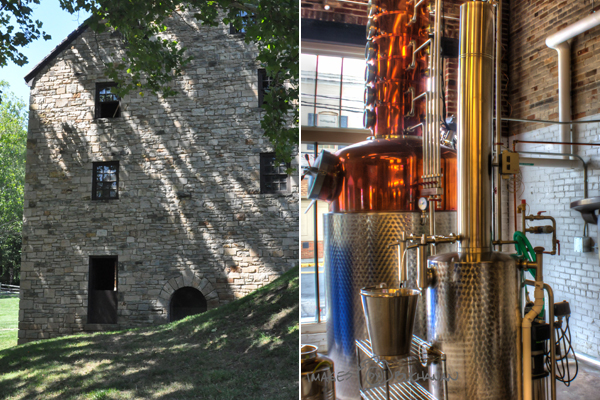
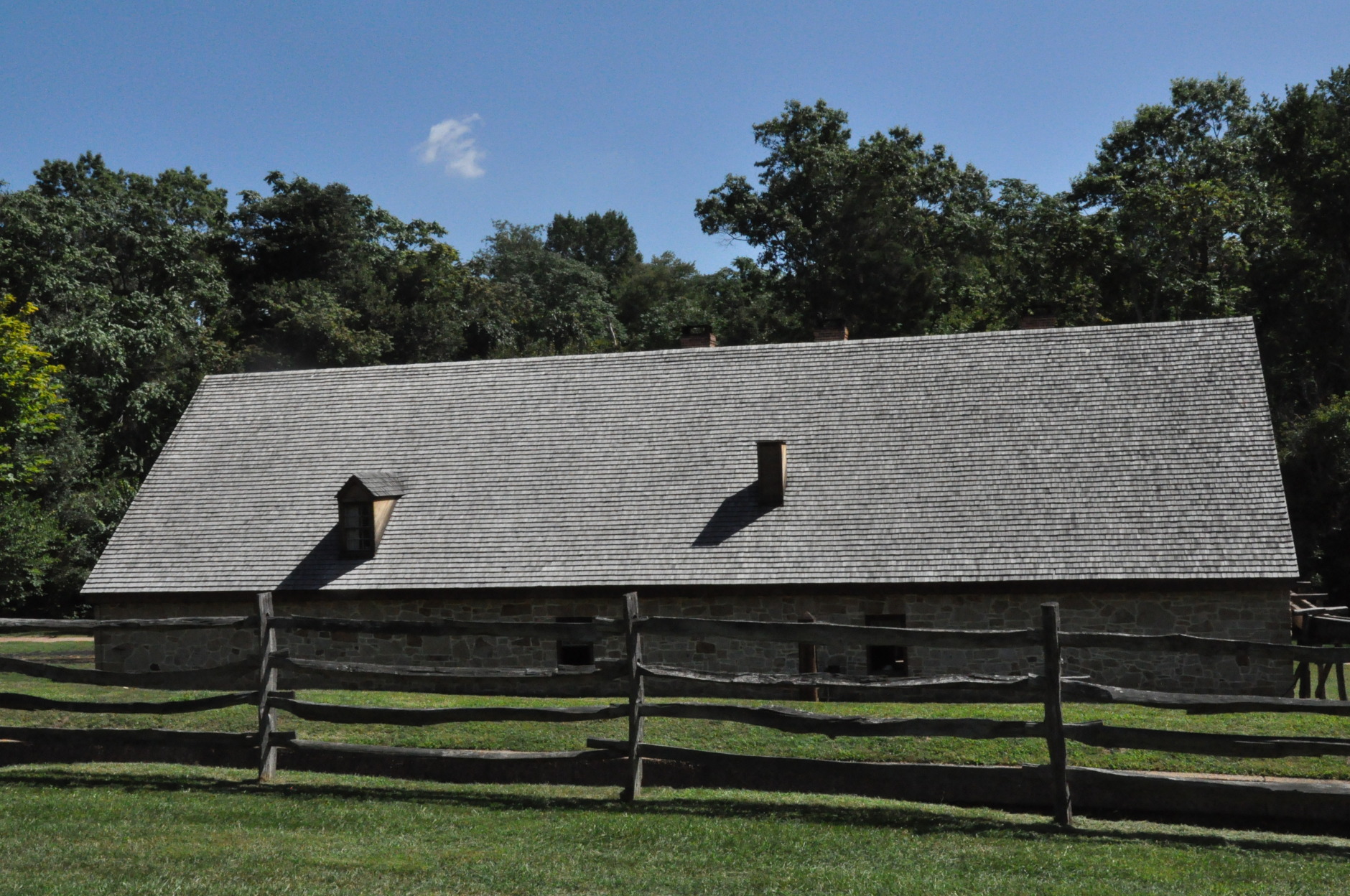
Building a distillery at Mount Vernon was not George Washington's idea. According to Sam Murphy, a distiller at Mount Vernon, Washington was convinced to do so by his Scottish farm manager.
In 1797, Washington built the distillery and quickly realized the operation was a money-maker. (WTOP/Rachel Nania)
WTOP/Rachel Nania
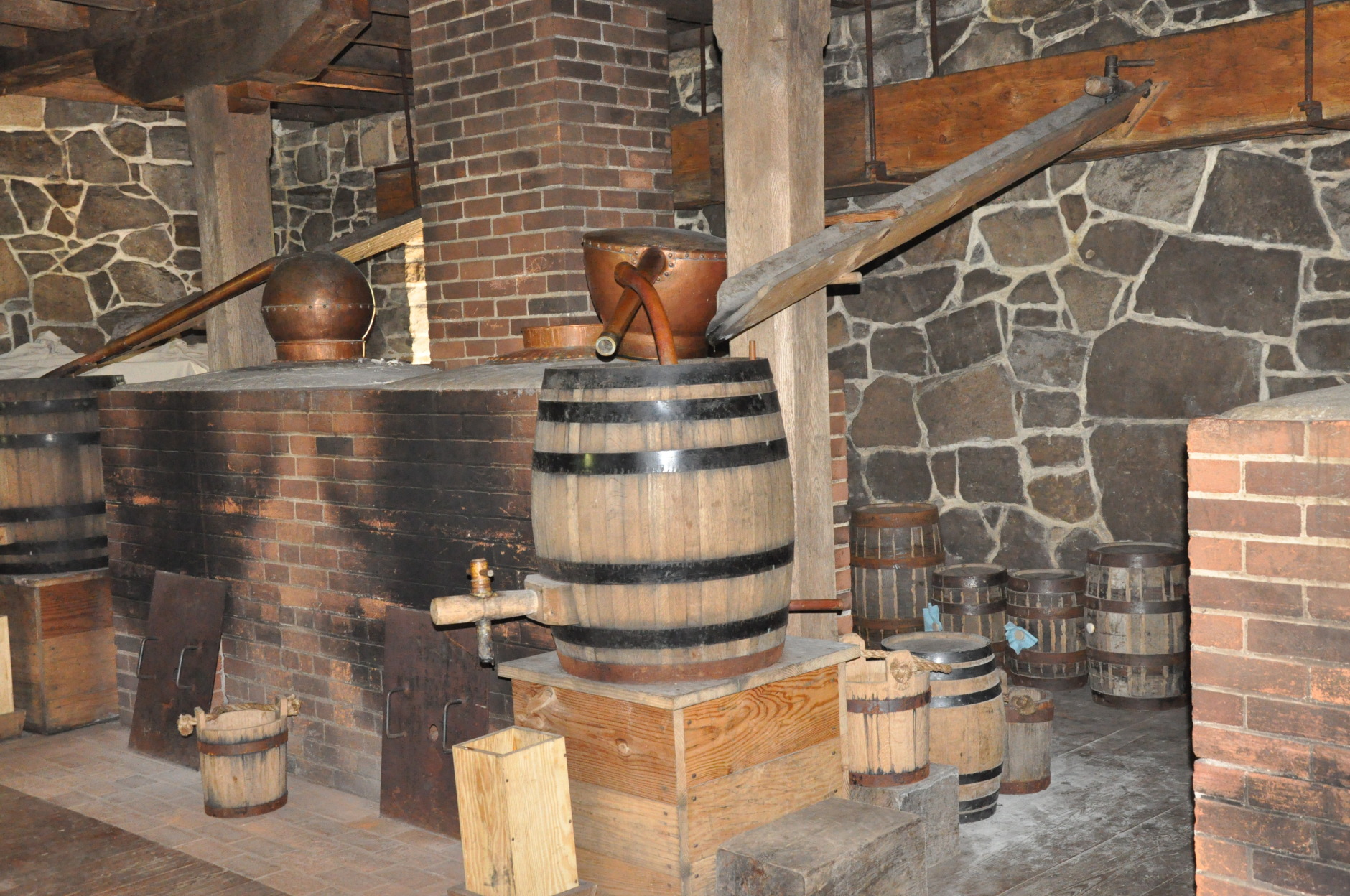
"With five pot stills, in the first year he's able to make 4,500 gallons of whiskey, and the second, the first full year of the distillery, [Washington makes] just a few gallons shy of 11,000," says Murphy, who says the first American president sold his whiskey in Alexandria for $0.60 a gallon. (WTOP/Rachel Nania)
WTOP/Rachel Nania
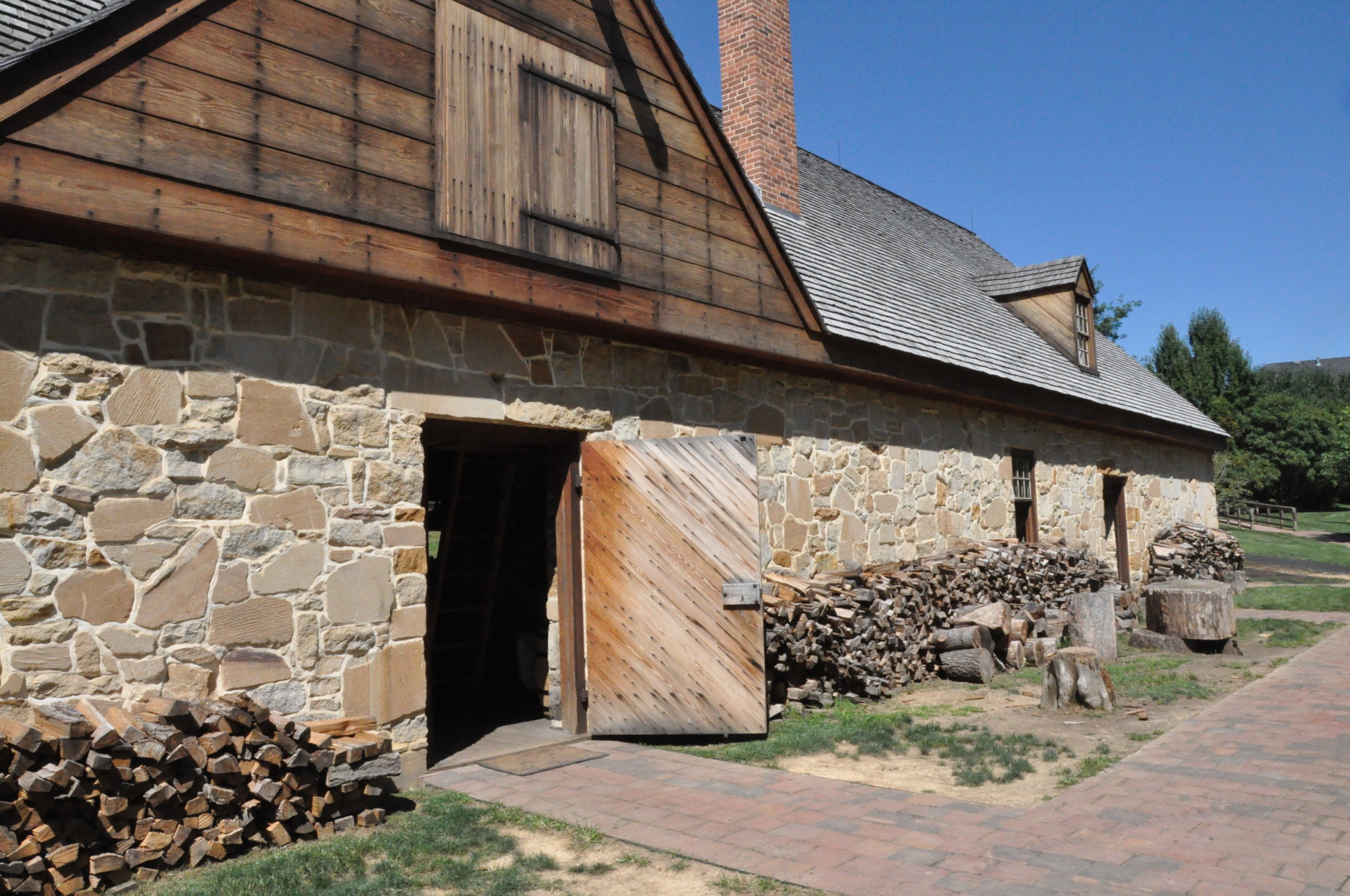
Mount Vernon's distillery was not the largest distillery in the nation, but it was the most productive. However, after Washington's death, the distillery sat idle and later burned down.
It got a second life in 2005, when, after an archeological survey of the site, the distillery was reconstructed. But the building isn't the only thing that got a second chance. Washington's whiskey did as well. (WTOP/Rachel Nania)
WTOP/Rachel Nania
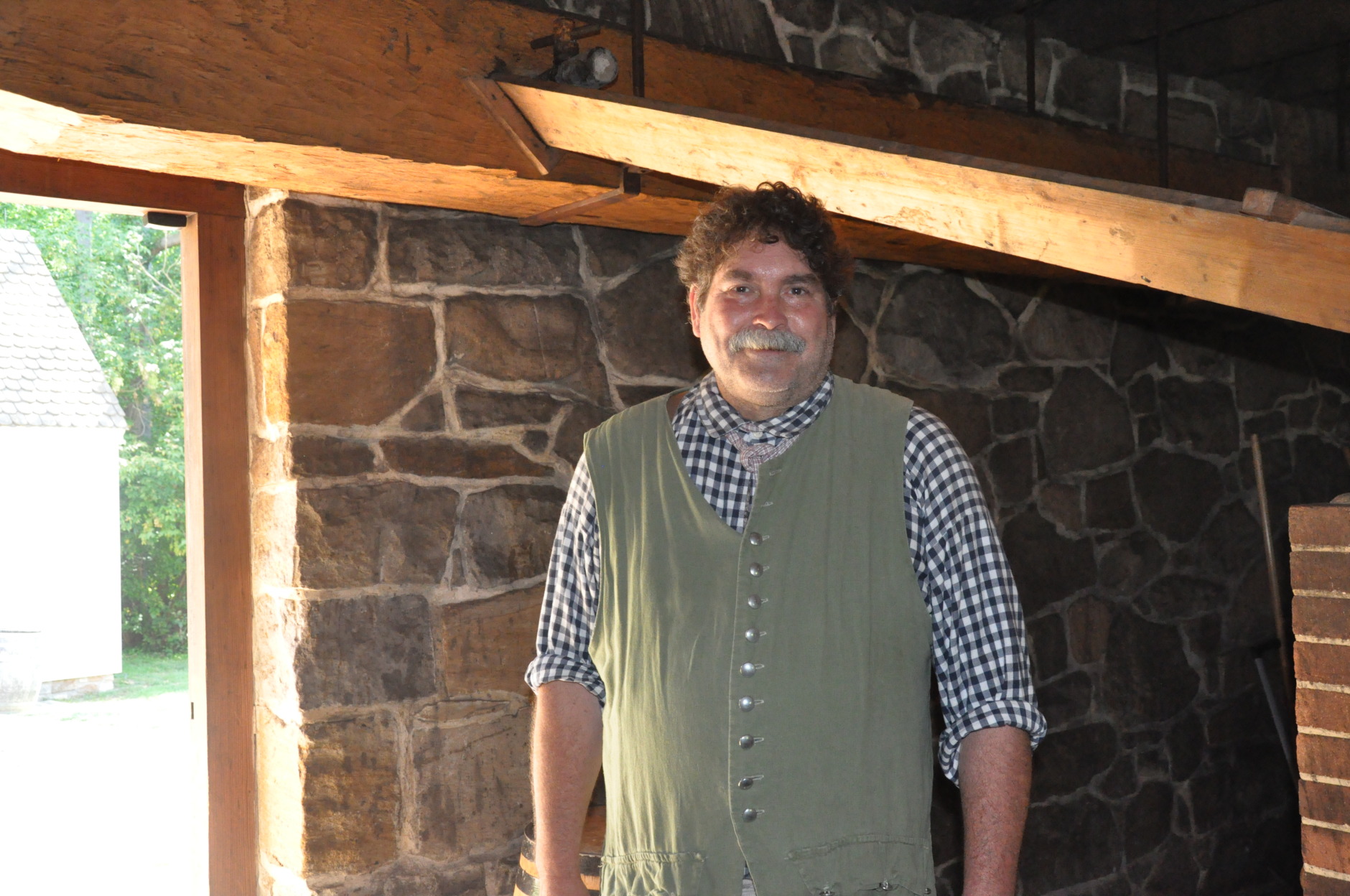
"We recognized we've got everything we need to make whiskey here. We have his mash bill, his recipe of rye whiskey, we have a mill next door capable of converting the grains, and then all this distillery equipment," Murphy says. (WTOP/Rachel Nania)
WTOP/Rachel Nania
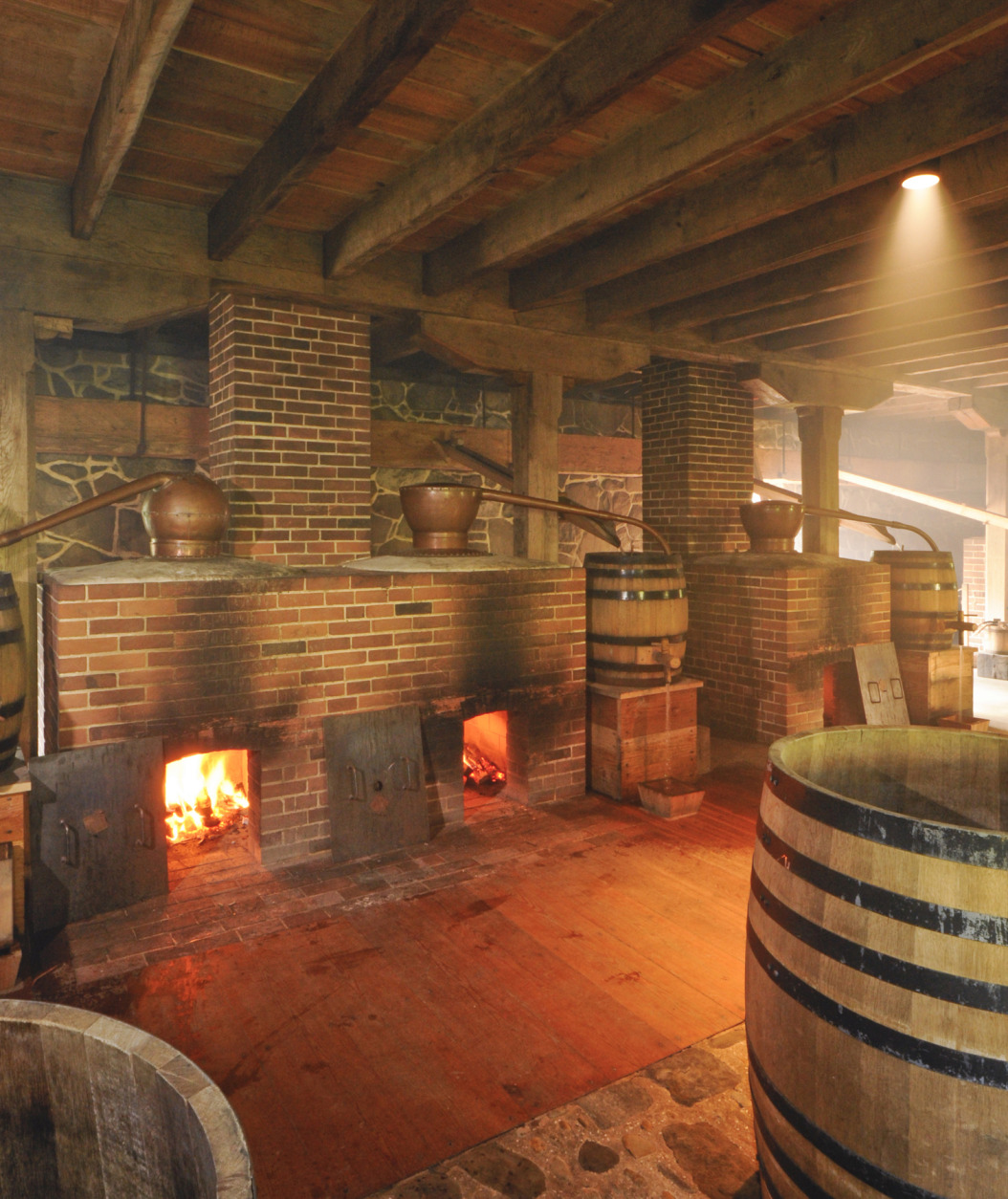
Ever since 2009, distillers at Mount Vernon make and bottle Washington's original whiskey recipe in the only legal open-fire distillery in the U.S.
"Instead of using gas or electricity to power and fire the stills, we're actually using wood, the exact same way they did in the 18th century," Murphy says. (Courtesy George Washington's Mount Vernon)
Courtesy George Washington's Mount Vernon
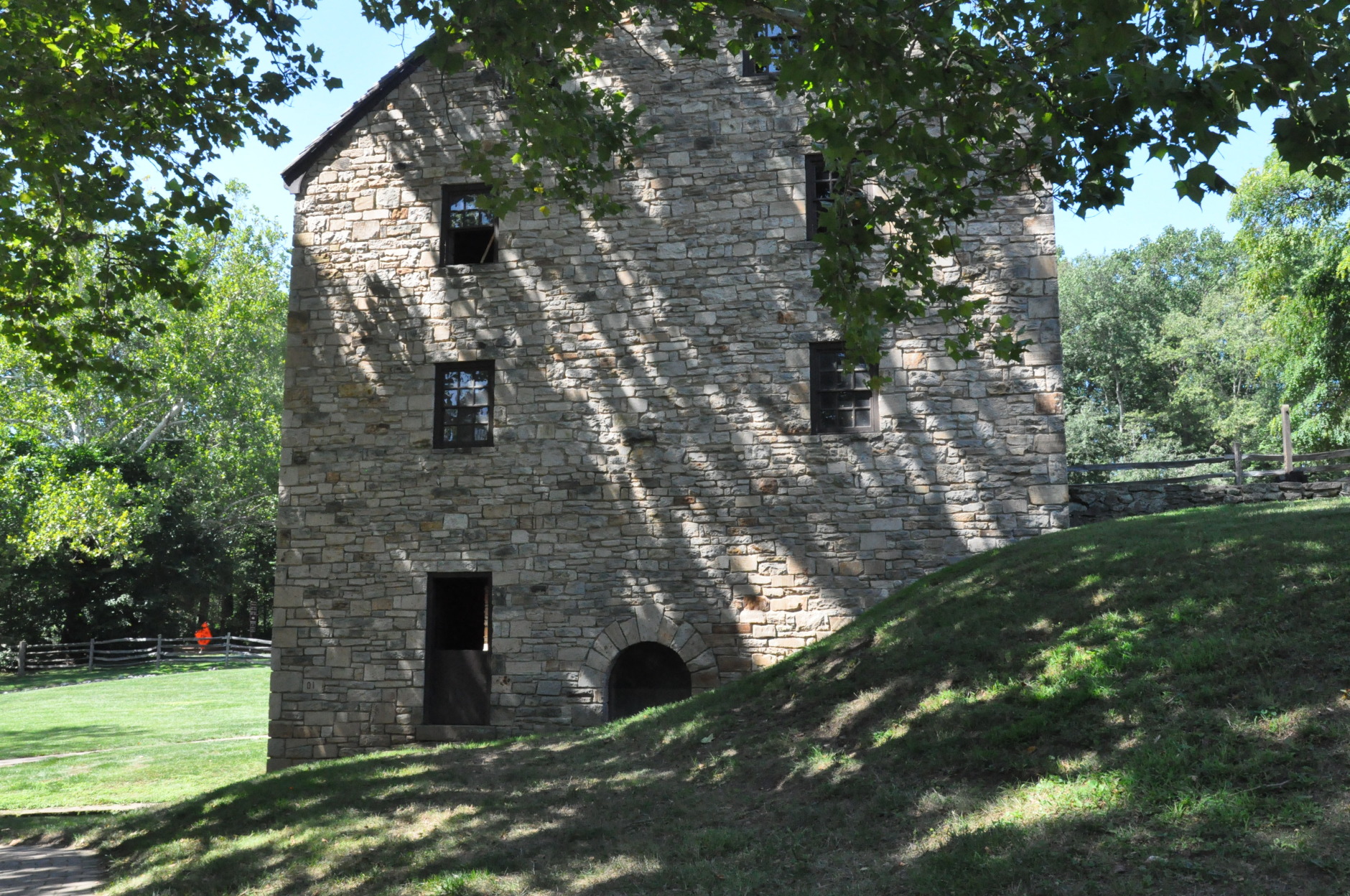
The rye whiskey is a 60 percent rye, 35 percent corn and 5 percent malted-barley recipe. It's taken through the wood-fire stills twice to produce the clear, un-aged rye whiskey. (WTOP/Rachel Nania)
WTOP/Rachel Nania
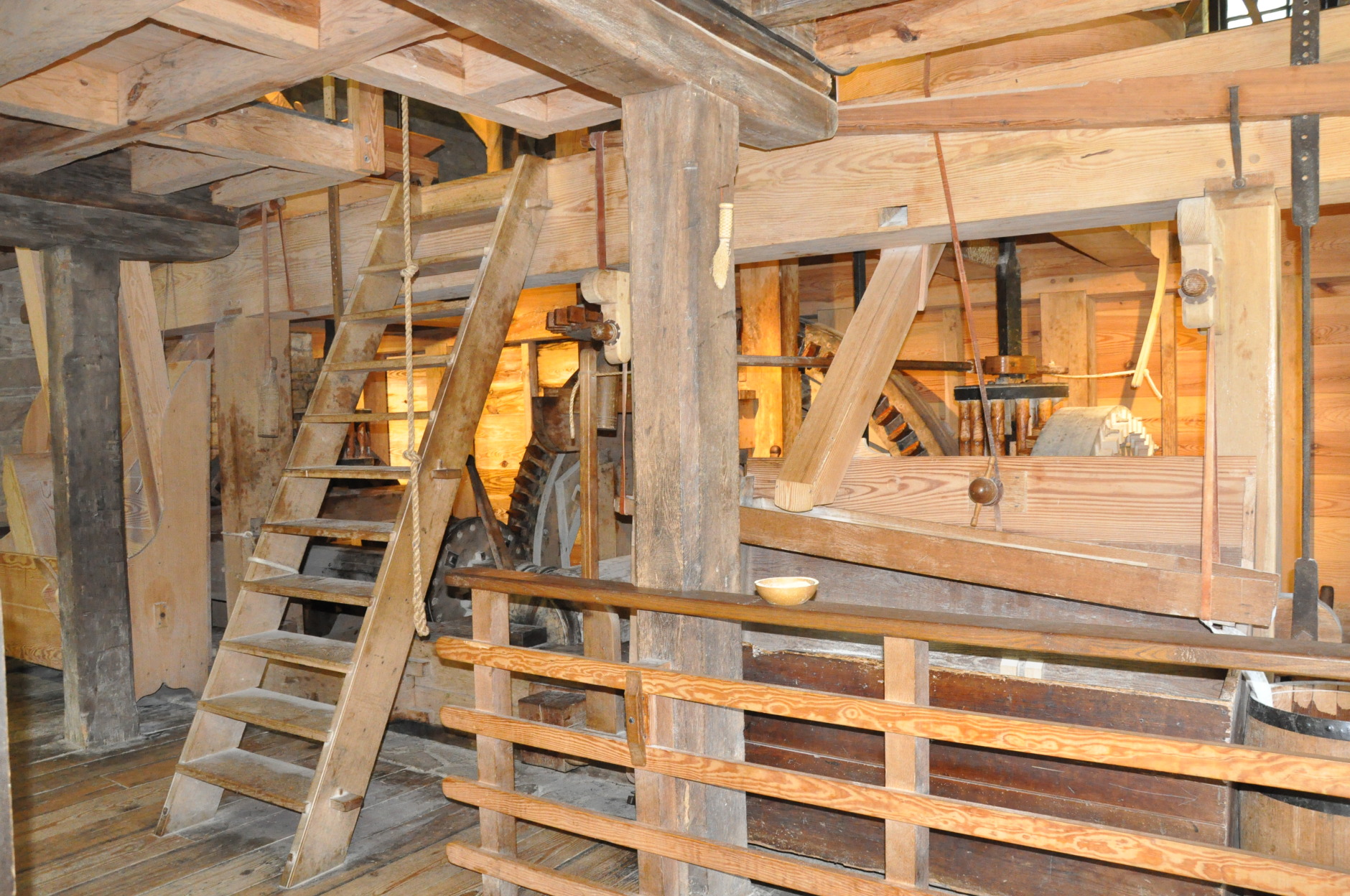
The grains for the whiskey are all ground at the grist mill, located next to the distillery.
"The same way it was done in Washington's time, is the same way we're doing it today," says Murphy, a distiller. (WTOP/Rachel Nania)
WTOP/Rachel Nania

Distillery visitors are able to see the mill in full action and get briefed in the specific process the distillers follow, but the actual distilling only happens when the grounds are closed to the public. (WTOP/Rachel Nania)
WTOP/Rachel Nania
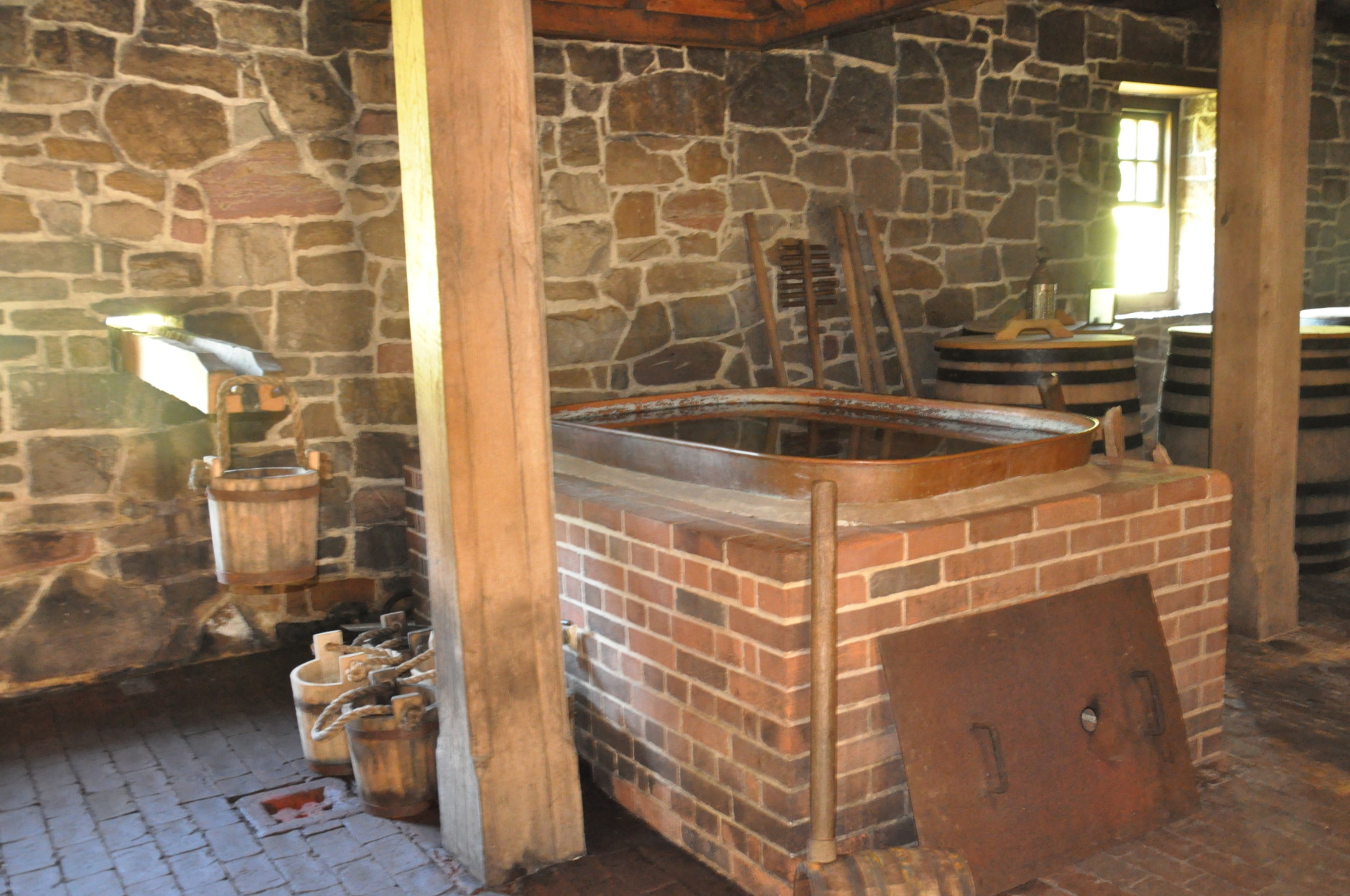
Murphy says the wood-fire stills are too hot and too dangerous to operate around the public, especially with its 210-gallon copper broiler. (WTOP/Rachel Nania)
WTOP/Rachel Nania
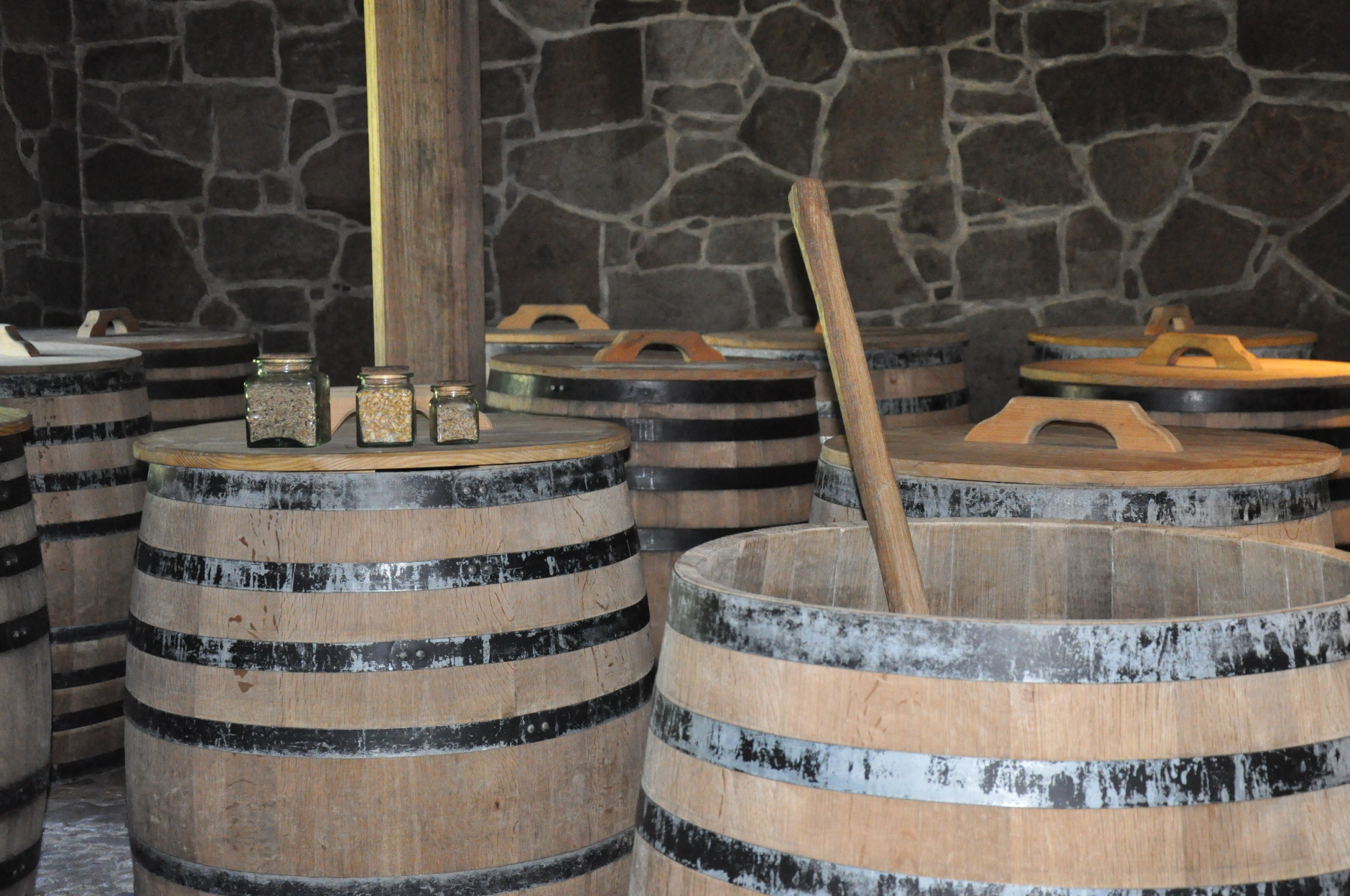
Each year, the distillery makes two runs of whiskey to sell to the public; it also makes an annual brandy.
"In the summer months when it gets too hot to convert the starches to sugar, [Washington] would have started making brandies, mostly for consumption at the estate," Murphy says. "So now we make brandies once a year, in addition to the two whiskey runs." (WTOP/Rachel Nania)
WTOP/Rachel Nania
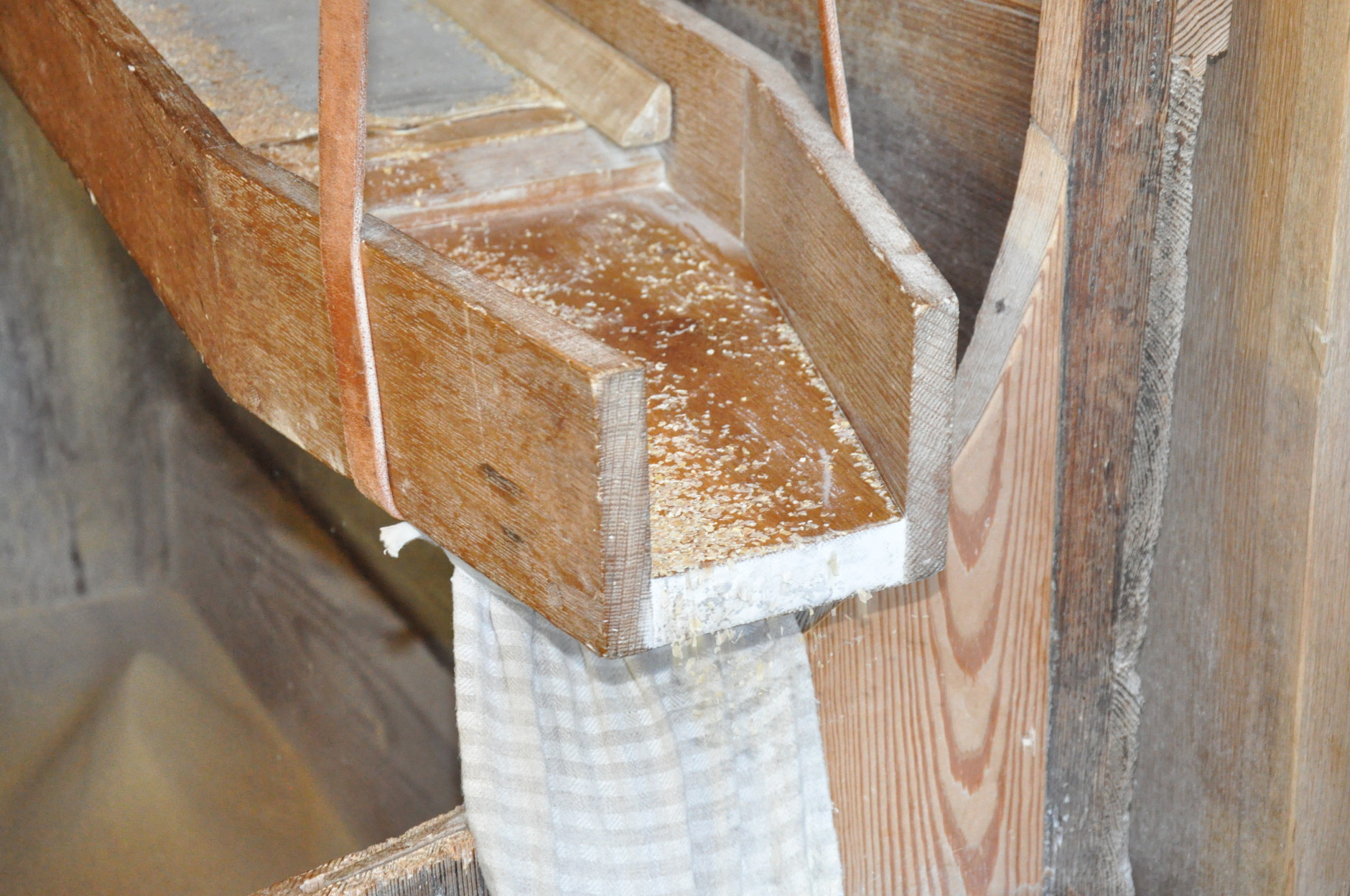
The distillers at Mount Vernon just finished making an Eau de vie -- an un-aged brandy that will go on sale in October.
"And again, it's made the same way it was made in the 18th century," Murphy says. (WTOP/Rachel Nania)
WTOP/Rachel Nania
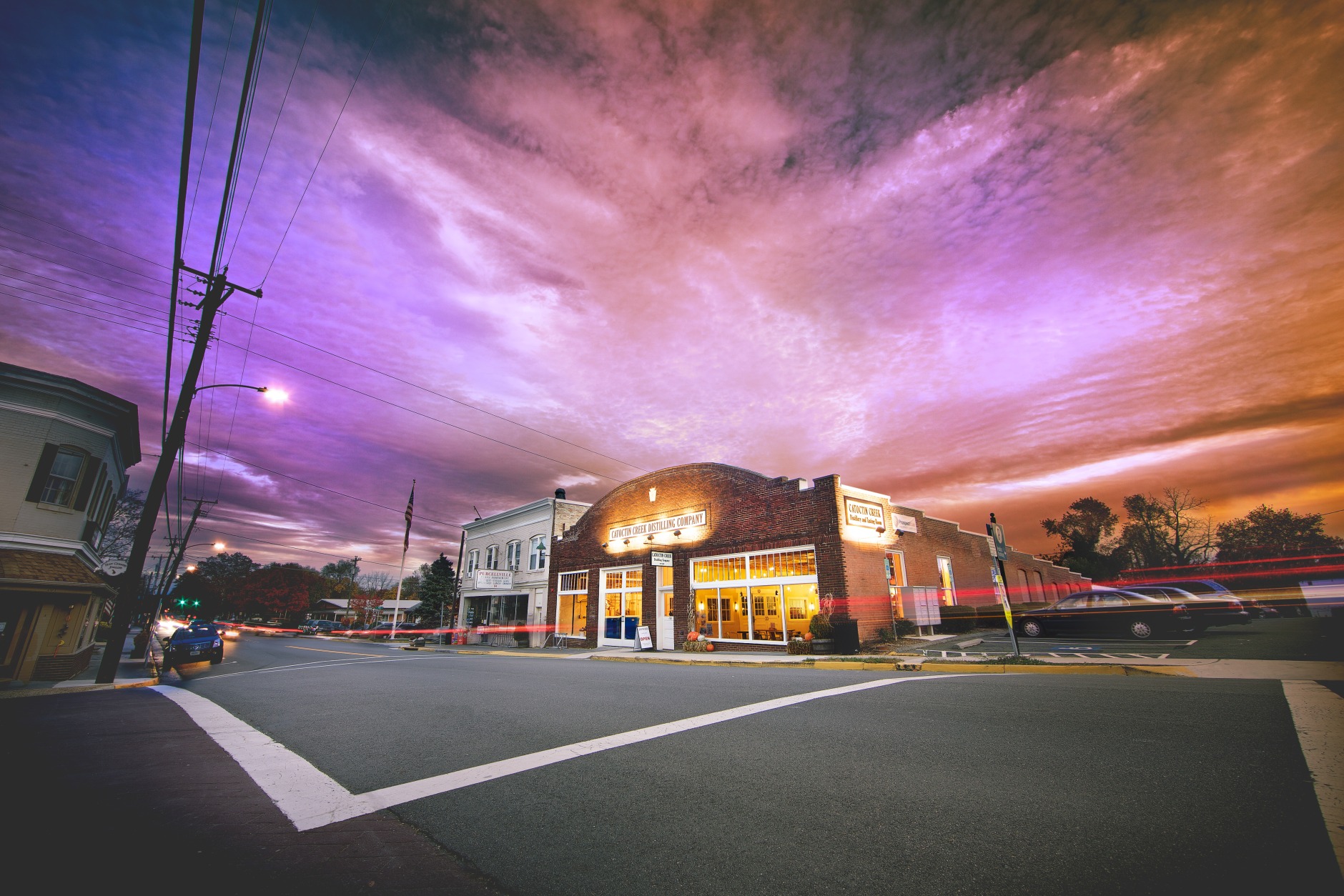
Courtesy Firefly Imageworks
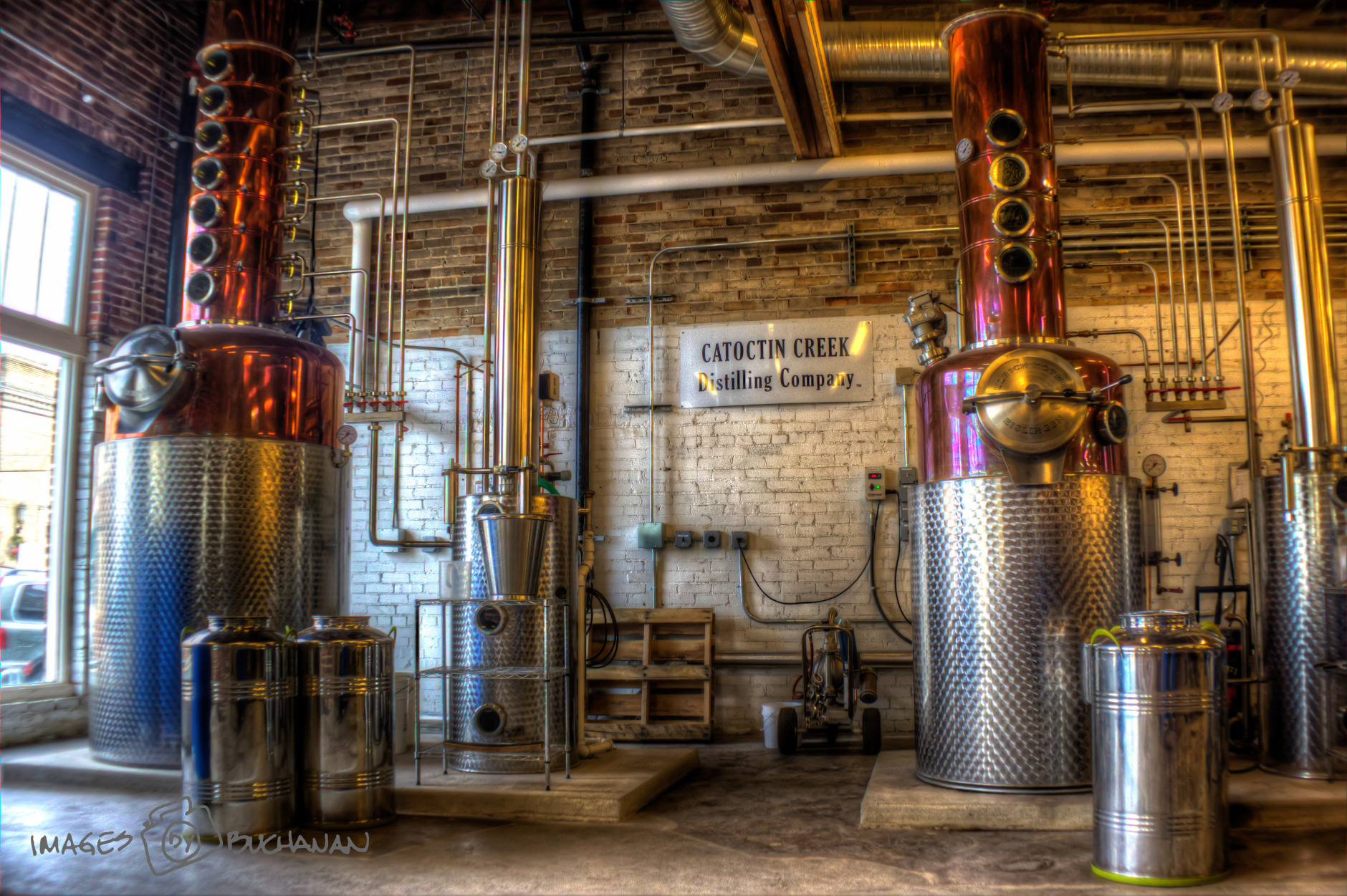
"You get to see this really cool, science-looking equipment. It looks like something out of Frankenstein's laboratory, and we get to explain what the cool stuff is that's behind the science of distilling," says Catoctin Creek founder and general manager Scott Harris.(Courtesy David Buchanan)
Courtesy David Buchanan
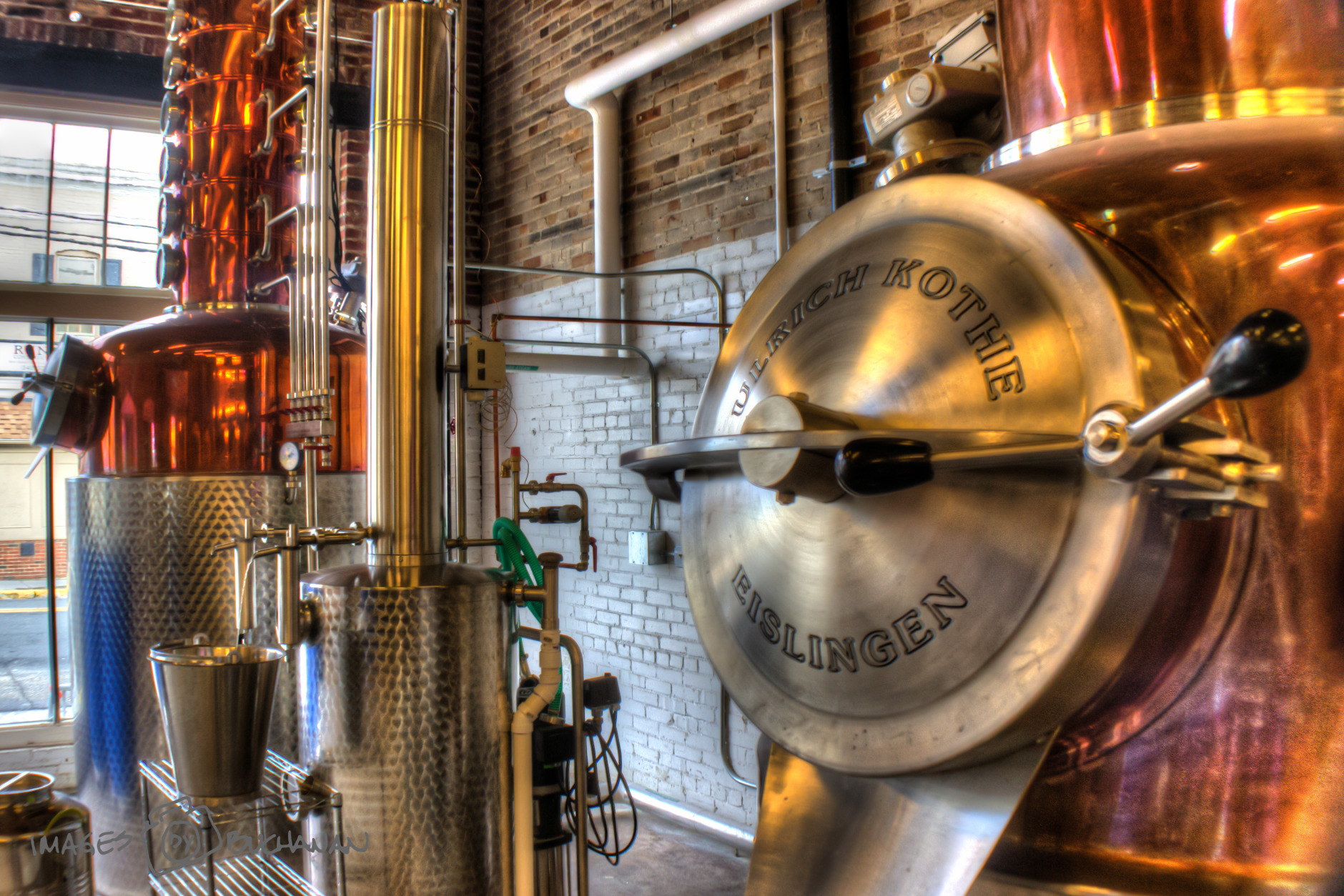
Harris opened the distillery in 2009. It's Loudoun County's first legal distillery since prohibition. Harris describes the operation as a "mom-and-pop artisan distillery," and says it's most famous for its Roundstone Rye, a 100-percent rye whiskey, and its Watershed Gin, a gin also made from the rye grain. (Courtesy David Buchanan)
Courtesy David Buchanan
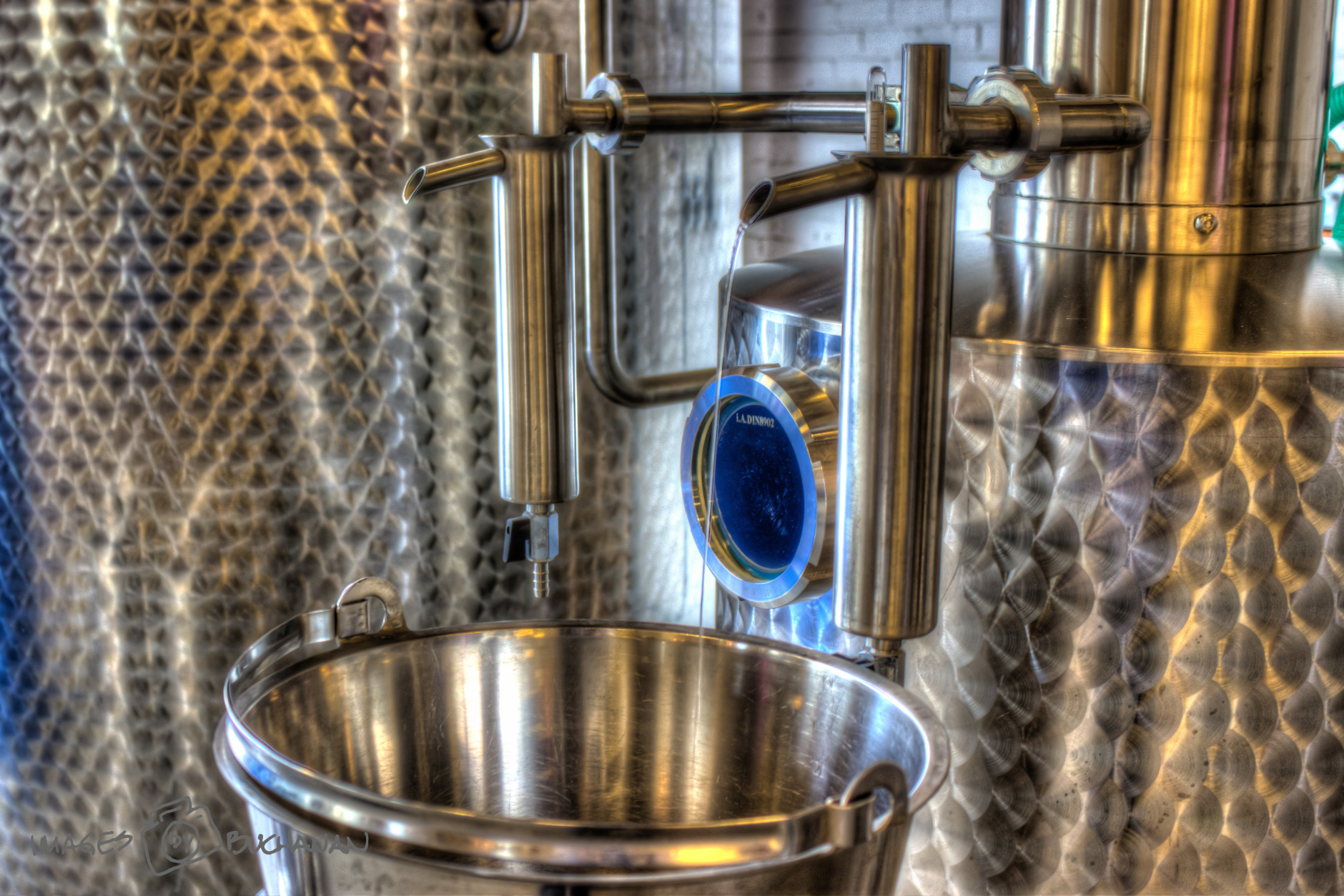
Unlike Mount Vernon, visitors can visit Catoctin Creek and see the distilling process in action.
"We invite even kids and people who don't drink to come and see the tours, where you can see the distillation equipment, the bottling equipment, the mashing," Harris says. "One of the things that makes us unique is that we do everything on site -- everything from grains to bottles is done right there in the one building." (Courtesy David Buchanan)
Courtesy David Buchanan
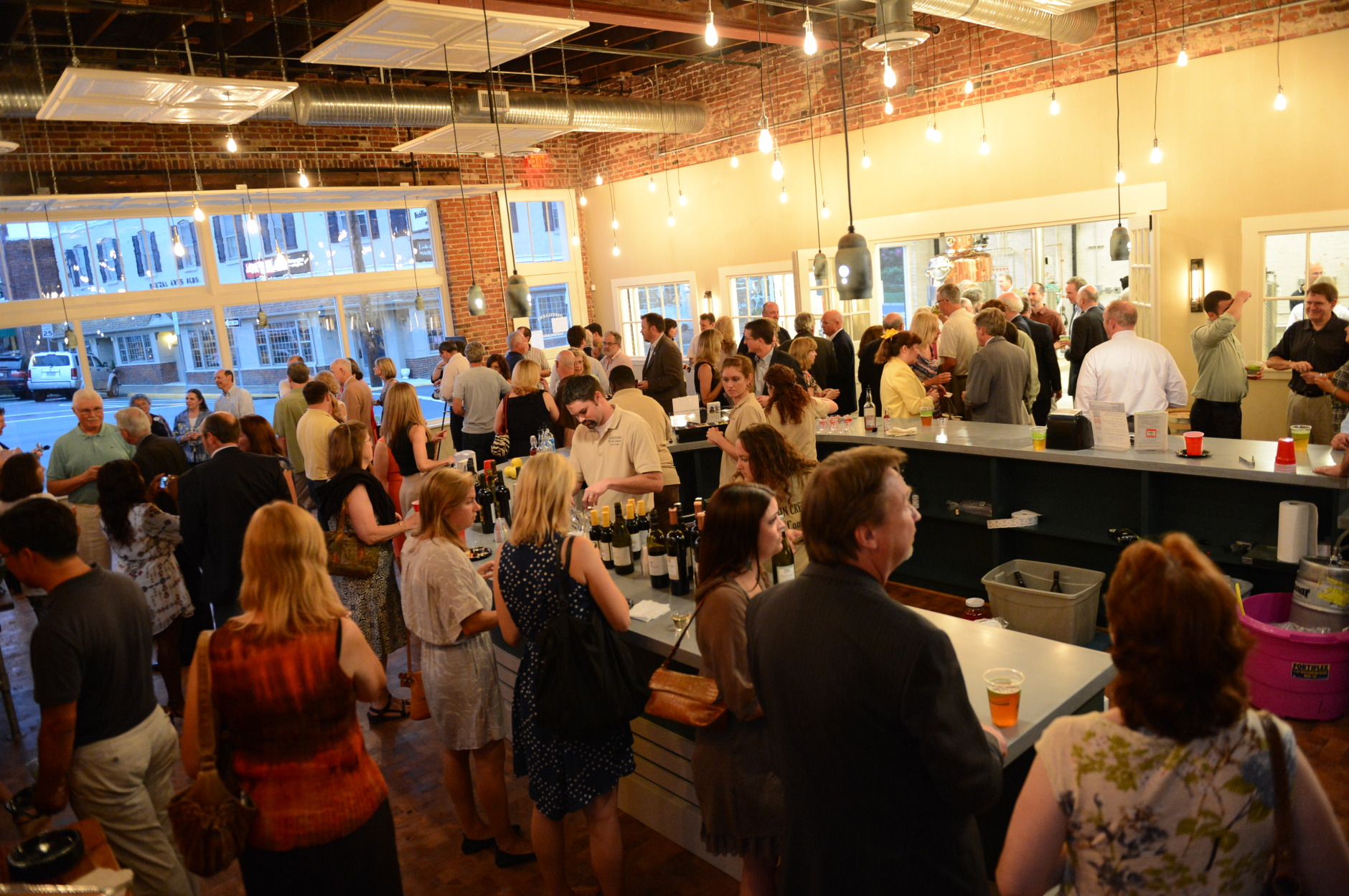
After a tour, visitors can congregate in the distillery's newly-expanded tasting room to sample the spirits. (Courtesy Rick Martin)
Courtesy Rick Martin
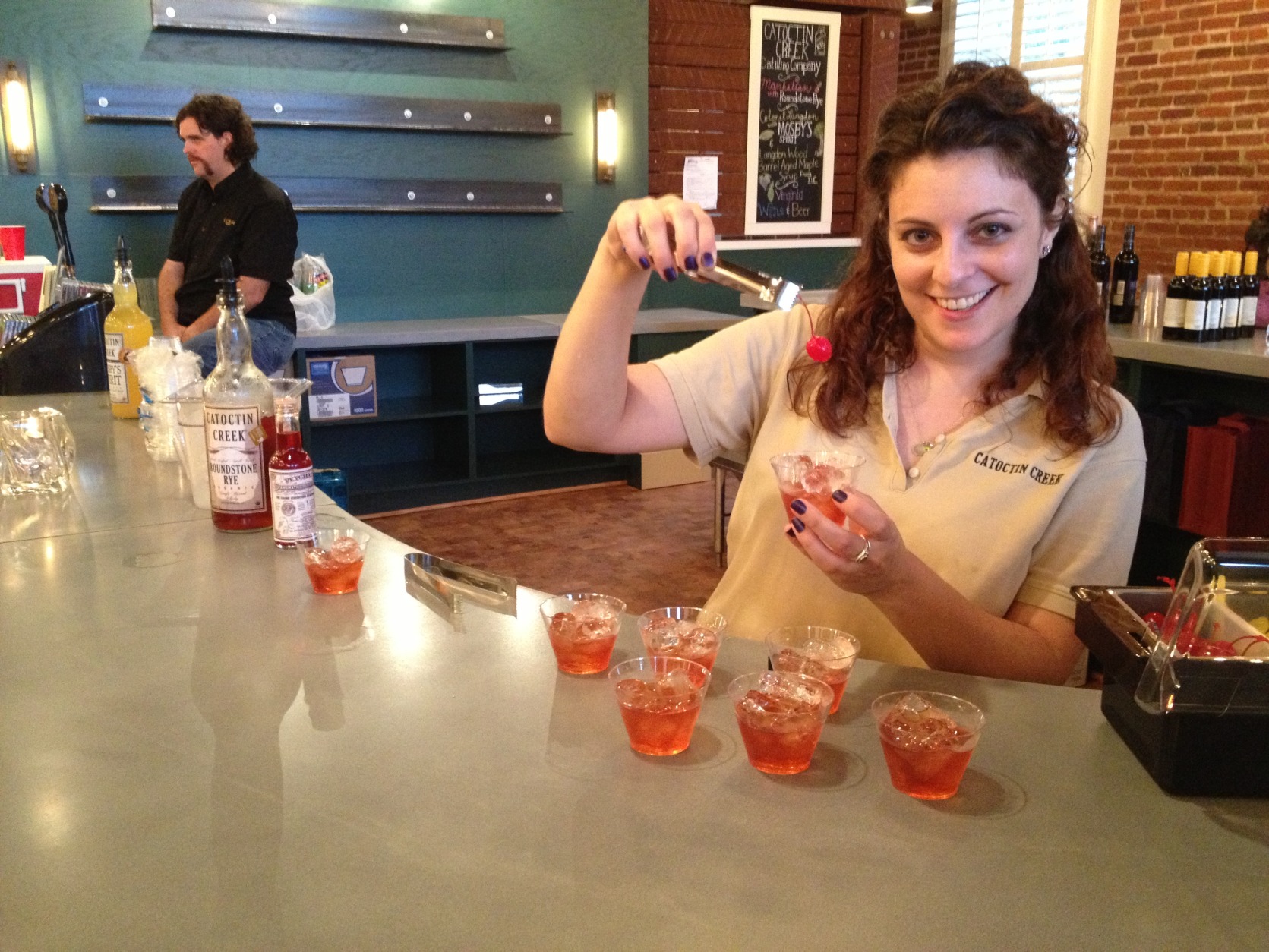
"We have six different spirits behind the bar that we can pour -- brandies and gin and moonshine and then, of course, our famous whiskey," Harris says.
The tasting room also serves flights of classic cocktails such as the Manhattan and a gin and tonic, as well as featured cocktails from some of the D.C.-area's well-known bartenders. (Courtesy Rick Martin)
Courtesy Rick Martin
